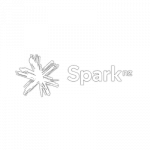GOMBOC DESIGNER
At its heart, Gomboc is a physics engine that models masses, forces, accelerations and reference frames. It includes specialised components for modelling appendages, hulls, sails, wind and waves, but provides an open interface to allow any system to be modelled at whatever detail is required. It can model anything from a mass bouncing on a spring to a highly detailed yacht including hydraulic and electronic control systems.
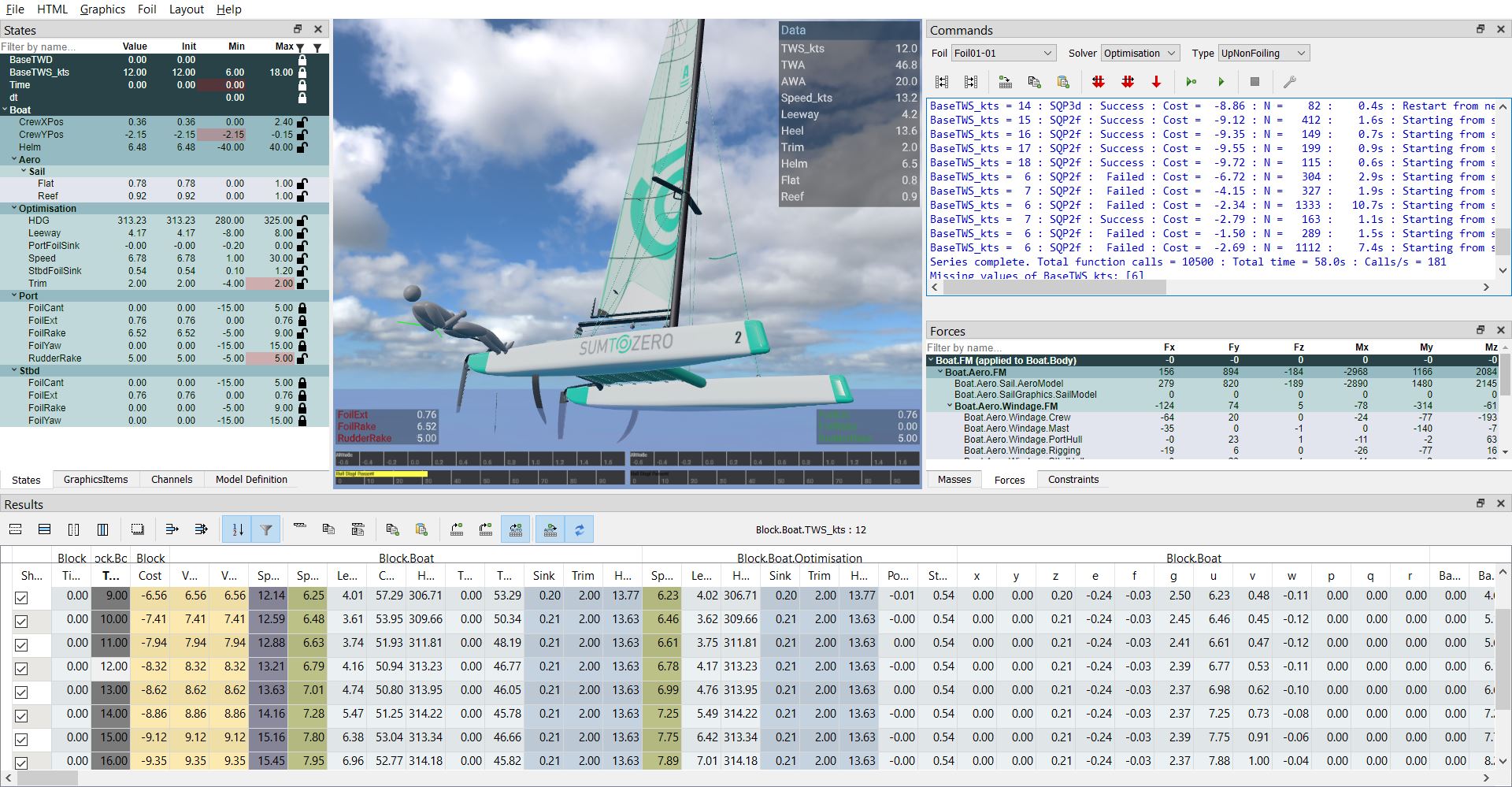
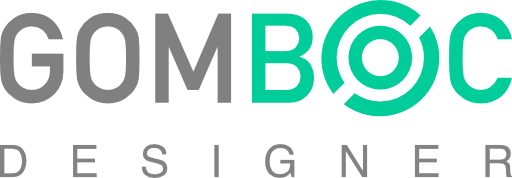
STATICS & DYNAMIC
Models run real-time, and can be driven interactively much like a driving or flight simulator. Steering wheels and other input devices can be connected to provide better control and more realism. Graphics can be rendered on a monitor, or within VR headsets – or both.
Models can also be run in interactive or optimisation modes, where Gomboc’s optimisation engines will iterate on design or operating parameters to achieve force equilibrium and optimum performance – with any number of defined constraints. So for instance, you can solve to find the best settings for best upwind VMG, subject to not exceeding a certain strain in a foi
APPENDAGE DESIGNER
GOMBOC DESIGNER FLEXIBILITY - MODEL COMPONENTS
Gomboc models are built from networks of connected blocks, where the outputs of one block form the inputs to another. Blocks can be simple functions, like adding two inputs together, or can be complex sub-models, computing forces on a foil or hull. The concept is similar to the structure of a MATLAB Simulink model.
Our product allows you to create your own user-defined blocks, but also provides a large number of pre-built ones to cover everything needed for yacht design.
Appendages
Hulls
Aerodynamics
Wind & Waves
Forces & Frames
Input & Output
Optimisation
Dynamics
Graphics
GOMBOC DESIGNER ENVIRONMENT - SCRIPTING & API
Our software provides a powerful and intuitive GUI for interacting with your model, designing appendages and delving into performance, but it is also fully scriptable. It includes an extensive API, such that everything that can be done through the GUI can also be done through code – whether using the built-in JavaScript command-line environment, or externally, for example by Python.
The external API enables large-scale optimisations to be run in parallel, where numerous Gomboc jobs can be launched to compute the performance of different design iterations, run over a network of worker machines.
GETTING STARTED WITH GOMBOC DESIGNER - MODEL DEVELOPMENT
We are more than happy to help you build a model of your yacht. This could be a yacht that is already sailing, and you want to learn how to get the most performance out of it, or a yacht that’s currently in design.
To get started building a model, the more information you can provide the better. Ideally, we would need the following:
General
- A general layout drawing of the yacht
- 3D geometry if available for graphics display purposes (not essential)
Hull
- A hull shape surface, e.g. as an IGES file. If this is not available:
- For a foiling yacht where the hull hydrodynamics is not crucial, we could reconstruct a hull surface from 2D drawings and photos
- Where an accurate hull shape is important, you may be able to get a 3D scan carried out
- Any existing hydrodynamic data, if available, e.g. RANS CFD data (not essential)
Appendages
- Shapes and cross-sections if not shown on the general layout
- Bearing positions, axes of movement
- Maximum extents of translation and rotation
- Relation between rotations (e.g. connection of port/stbd rudders)
- Information about any existing autopilots, e.g. foil ride height controllers
- Foil structural information if available (e.g. EI, GK along span)
Rig & Sails
- Mast geometry
- Rigging configuration and diameters, for windage computation
- Sail configurations – or at least a typical configuration to start
- Any existing aerodynamic data if available, e.g. from North Flow, or RANS CFD results (not essential)
Mass Data
- Total mass and centre of mass
- Separate masses of any significant movable components (e.g. canting keel)
- Position and ranges of adjustable ballast, e.g. water ballast
- Crew weight and range of positions
It’s unusual to have all this information available, and we can discuss options for working around any missing pieces of the puzzle.


